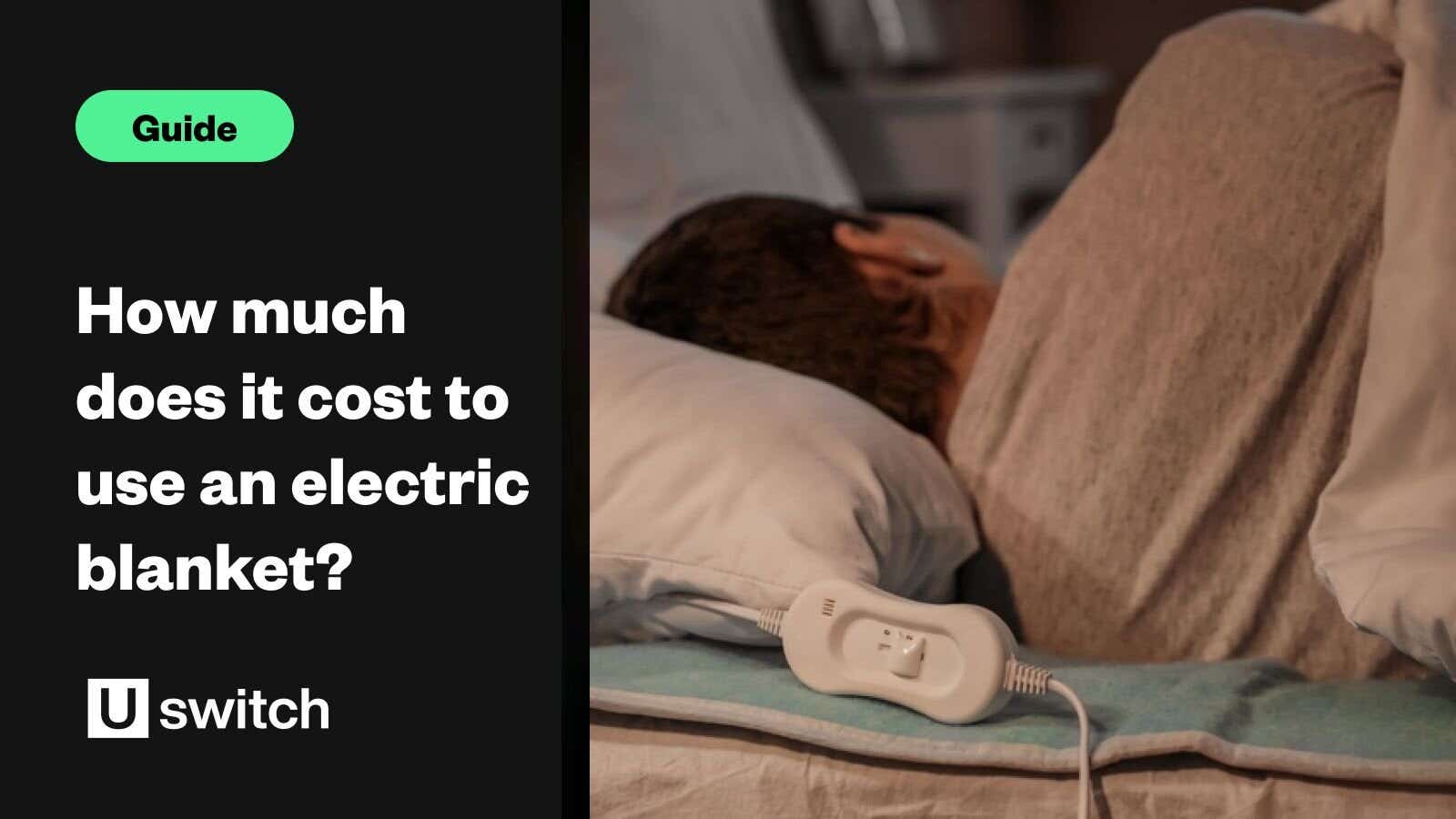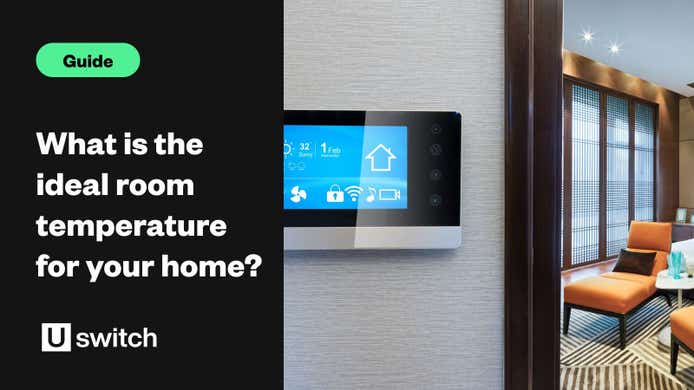Are electric blankets expensive to buy?
Electric blanket costs can vary enormously, not just because electric blankets come in all shapes and sizes:
- Underblankets: traditional electric blankets that are fitted on top of the mattress and underneath your bedsheet
- Overblankets: a blanket you place on your bed as an extra layer. Some can even be placed inside duvet covers
- Mattress protector: the combines an electric blanket with a mattress protector that can also make the bed softer and more comfortable
- Heat throw: a blanket designed to be worn around the person like a hoodie, providing personal heat around the house
- Heat pads: used to heat specific parts of the body, from the back, neck and shoulders to feet.
Other factors influencing the purchase cost include:
- Its size (single, double or king-sized)
- Number of heat settings
- Timer – allows the blanket to switch off automatically after a set period
- Automatic temperature adjustment – helps reduce costs further by not wasting energy producing unnecessary heat
- Multi-heating zones – some double- or king-size duvets offer two separate heating areas, so both you and your partner can adjust the temperature to their own individual needs.
Are electric blankets expensive to run?
No. Blankets are extremely energy-efficient as they’re only designed to warm up the space around them. Most blankets have an energy rating of just 100-300 watts, which means they cost pennies to run for extended periods.
Electric blankets cost mere pennies to run continuously for an hour. The actual amount of electricity consumed and how much that costs you will ultimately depend on the blanket’s own heat settings, which usually range from 18 to 56°C, and how long it takes to reach the desired temperature.
The following examples are based on the typical usage of an electric blanket:
Warming your bed
The most obvious use for an electric blanket is to warm your bed before you go to sleep. There are several ways to do this, including:
- Turning it on to full heat 10-15 minutes before going to bed and then switching it off
- Putting it on at a low heat setting for up to 2 hours before retiring for the night, then leaving it on a minimal setting all night.
Most electric blankets consume no more than 300 watts – and some single blankets as little as 40W – when on their highest setting. Their energy usage falls significantly when the electric blanket is switched to its lowest setting, making it possible to heat a bed for 7-8 hours a night for as little as 1p, or £3.66 a year, when the blanket is set to its minimum heat setting.
How much your electric blanket costs to run over an extended period depends on its energy rating, what temperature you set it to, and how long you use it for each night. Here are some examples of the most you could expect to pay if you heated your bed for eight hours a night at the maximum setting:
| Blanket energy rating | Cost per night | Cost per year |
|---|---|---|
| 40 W / 0.04 kWh | 9p | £31.95 |
| 90 W / 0.09 kWh | 20p | £71.88 |
| 150 W / 0.15 kWh | 33p | £119.79 |
| 250 W / 0.25 kWh | 55p | £199.66 |
*Cost based on April 2025 price cap (27.03p/kWh for electricity)
You can significantly reduce this cost by setting the blanket’s heat setting to low, having it switched on for fewer hours and not using it during the warmer months. For example, reducing your 250-watt blanket to half power, using it for just five hours a night, and only using it for 120 days of the year, would cost you 17p a night, totalling just £20.80 across four months of the year.
Warming yourself
When it comes to keeping yourself warm during the day, you’ll either be using a heat pad to warm a specific part of your body or a heated throw to keep most – if not all – of your body warm. The following calculations provide a maximum cost based on using the heat pad or throw for six months each year:
| Blanket type (rating) | Cost per 8-hour day | Cost per 183 days |
|---|---|---|
| Heat throw (0.3 kWh) | 7p | £11.84 |
| Heat pad (0.025 kWh) | 5p | £9.86 |
*Cost based on April 2025 price cap (27.03p/kWh for electricity)
Again, this is theoretical – it depends on your personal need for the blanket’s heat, which will vary daily, and assumes you always use it on the maximum setting. Reducing the temperature to a lower setting will cut costs accordingly.
How much does an electric blanket cost to run per hour?
Check your electric blanket for a power rating. This is the maximum amount of electricity it will consume over the course of an hour. In fact, it usually only requires this amount of energy for the time it takes to heat up – typically 5-10 minutes. Once it reaches temperature, if it can automatically adjust its temperature, it’ll switch itself off and on as needed to maintain that temperature to save energy usage.
Setting lower temperatures will naturally reduce the amount of energy consumed, but the following table reveals the cost of running each type of blanket at full power for a single hour:
| Blanket type | Typical energy rating | Time to heat up | Cost per hour* |
|---|---|---|---|
| Underblankets | 200-250Wh (around 0.25 kWh) | 10-20 min | 7p |
| Mattress protectors | 200-250Wh / 0.25 kWh | 10-20 min | 7p |
| Overblankets | 200-250Wh / 0.25 kWh | 5-10 min | 7p |
| Heat throws | 300Wh / 0.3 kWh | 5 min | 8p |
| Heat pads | 25Wh / 0.025 kWh | 5 min | Under 1p |
*Cost based on April 2025 price cap (27.03p/kWh for electricity)
What factors affect electric blanket running costs?
There are several factors that increase or reduce the cost of running an electric blanket:
- The blanket’s energy rating: this is the maximum amount of electricity the blanket uses when running on its highest temperature setting
- What temperature setting you use: lower settings use less electricity
- Timer: a timer allows you to shut the blanket off at a set time, allowing you to fall asleep and not worry about leaving it on all night
- Automatic temperature adjustments: if your blanket has a thermostat built-in, it’ll only switch on when needed to maintain the temperature you set
- Your energy tariff: if you’re on a time-of-use tariff such as Economy 7, you’ll pay less to use it overnight (perfect for blankets placed on your bed rather than for throws that you probably use during peak hours).
Electric blanket vs. central heating: which is cheaper?
Any electric blanket is significantly cheaper than running central heating because you only need to heat a small area around yourself as opposed to your entire room or home. In a home with good insulation, your boiler typically costs around £1.56 an hour to heat your home, based on a 24kW gas boiler and the April 2025 price cap of 6.99p/kWh for gas. This compares to the pennies you’d pay to heat yourself or your bed with an electric blanket.
However, it’s not always as simple as leaving the central heating switched off for long periods, as doing so risks the build-up of damp and mould in your home, particularly if it’s an older house with poor levels of insulation. You might also run the risk of frozen pipes by not heating your home sufficiently during the winter months.
A better approach is to set the thermostat to a lower figure – no less than 14°C, and preferably higher – to ensure your home remains at least dry. Then use electric blankets to keep yourself warm – don’t forget to look after everyone in your home, including your pets.
Reducing your thermostat by even just 1°C could save you around £80 a year on your energy bill – so depending on how high you’d normally set it, you could save even more by reducing it by 2-3°C. Find out more with our guide to maintaining an ideal room temperature in your home.



